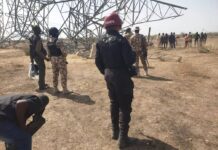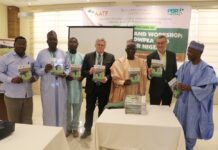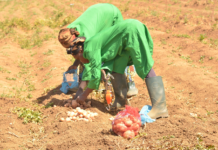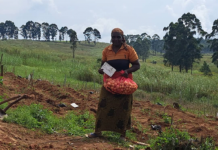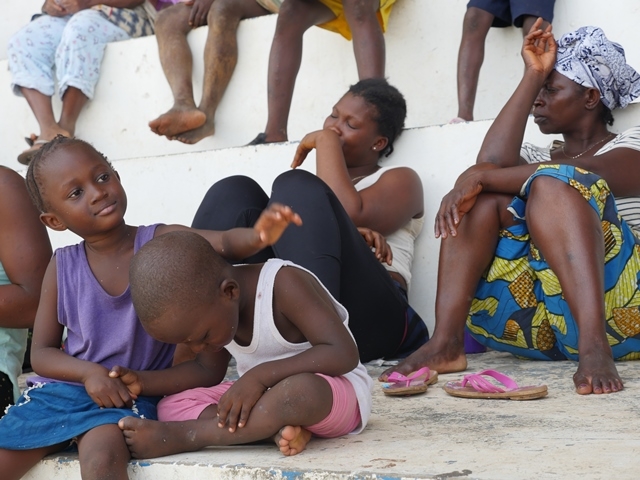
Flooding from torrential rainfall is the most common form of natural disasters in Sierra Leone. Between July and September of every year, localised number of flooding from the seasonal rains affect hundreds of families in different parts of the country often with serious health and socioeconomic consequences. People living in slums and low resource communities always suffer the most.
The frequency, pattern and severity of the flooding in the country are changing and becoming more uncertain particularly with the effects of climate change.
In September 2015, an estimated 18 000 people mainly from flood prone slum communities in Freetown were made homeless due to the heavy rains, resulting in massive humanitarian crisis: Dwelling structures were washed away, property destroyed, families displaced and the livelihood of the affected communities interrupted. Other parts of the country were similarly affected around the same period of the year.
Though the events triggered an immediate humanitarian response to mitigate the impact of the crisis, it was evident that there was in adequate preapredness prior to the incident . The response therefore encountered a number of challenges in the provision of adequate temporary shelter for the affected families, health care services, water, sanitation and hygiene facilities. Whiles plans for the relocation of the people in flood prone communities were discussed, funding to implement that plan remained a challenge
The lessons from the 2015 flooding set in motion the development of a flood emergency preparedness and response plan by the government with technical support from the United Nations and other partners.
The plan aims to ensure that the Ministry of Health and Sanitation (MoHS) and other line ministries anticipate, prevent and prepare for potential health and related hazards in case of flooding during the rainy reason. It is also intended to guide the health sector in Sierra Leone in strategically managing consequences and possible challenges of any flooding incident in the country. The Plan proposes activities and provides guidance on roles, responsibilities and procedures that would be necessary to facilitate the process of decision-making for prompt action in the event of flooding that could impact on the health, safety and wellbeing of the public. It also aims to ensure continuity in the availability of essential health care services and optimal medical commodities to minimize challenges during and after any flooding incident
Though floods are the common result of the heavy rains, torrential rains in recent years have also led to a number of mudslides that resulted in the loss of lives
As part of the early warning system and preparedness plan, flood prone communities have been mapped out and sensitizations to raise awareness on the potential for flooding in those communities are underway.
The Ministry of Health and Sanitation has also heightened surveillance of disease trends in the flood prone areas with periodic laboratory investigation (entero-bacteriological sampling) to identify the prevalence of diarrhoeal disease agents for appropriate and timely response. Meanwhile, WHO is supporting the MoHS to procure and preposition Diarrhoea Disease Kits as well as laboratory supplies that can be used in event of diarrhoea disease outbreak in the country.
Guidelines for Rapid Response Teams have been developed, Public Health Emergeency Management Committees at the National and district levels instituted to ensure that effective response is planned and implemented within common framework led by the Office of National Secutiy, the District disaster management committees alongside other relevant authorities and partners.
WHO is providing strong technical support in the development of the plan to ensure that it meets the demand of the changing trends. The Organization is also supporting the assessment of capacities as well as prepositioning of essential supplies for prompt response in the event of any such disaster. It is also coordinating the support of other UN agencies and International Organisations under the intergancy multi hazard plan for a predictable, well-organized and timely support to the Health sector flood response plan led by the MoHS.








